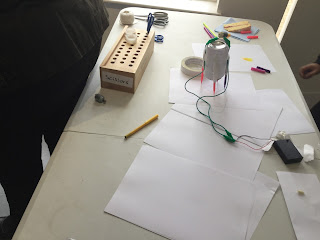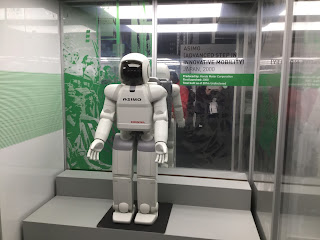Just been playing with Microsoft's PXT language for the Micro:bit - so had a go at 'Hot Cross Buns'. Nice to see it shows in the simulator the wiring connections to the speakers.
Hot-Cross Buns - runs on either button A or B being pressed.
By the way if the sound is anoying you, press the stop button on the simulator below.
All opinions in this blog are the Author's and should not in any way be seen as reflecting the views of any organisation the Author has any association with. Twitter @scottturneruon



















































